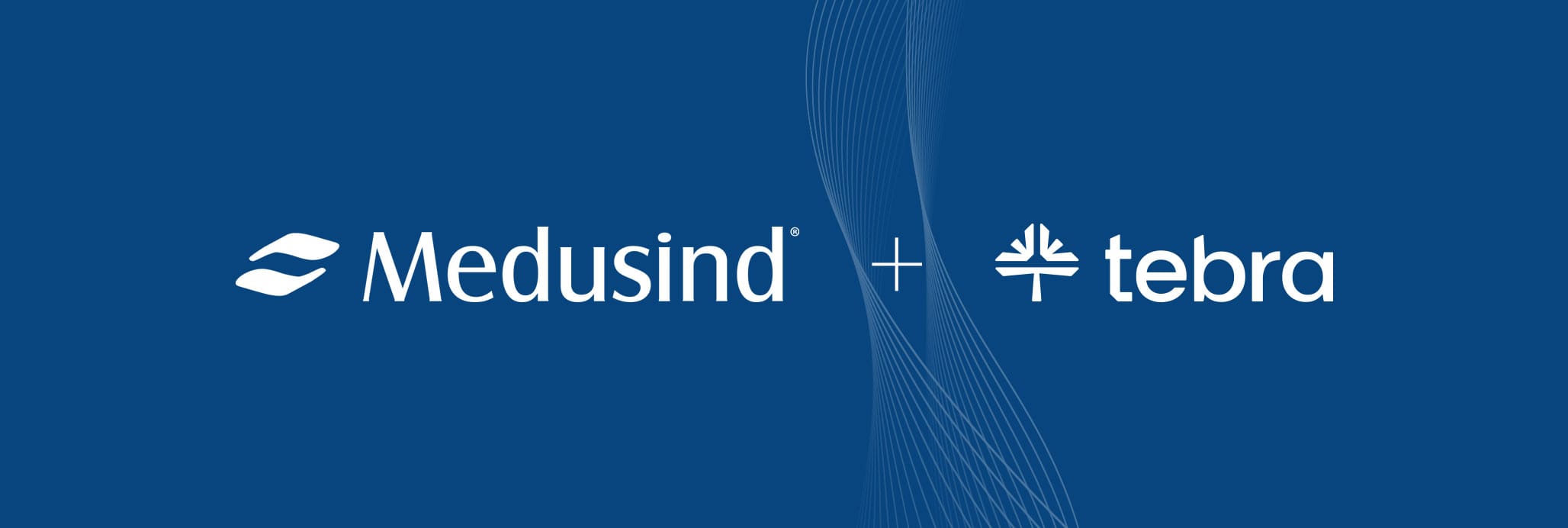HEALTHTECH: Can you describe your cloud strategy and your approach to adopting new cloud-based technologies?
ARCHULETA: Our cloud strategy is intentional and built on a few key pillars: cybersecurity, efficiency and scalability. With Nutanix as a backbone, we approach each new cloud solution with a focus on interoperability, data protection and cost-efficiency. The decision to adopt new technology is guided by its ability to enhance patient care, increase workforce productivity and streamline operations. Most importantly, we look for solutions that align with our hyper-converged setup to drive operational consistency and reduce the risk of disruption as we expand our capabilities.
PANAGIOTOPOULOS: We started out around 10 years ago when we moved our Cerner platform to their private cloud. Today, we try to find a balance between the costs of any cloud solution and the business case for adoption. We want to position ourselves to be nimble and flexible, and that’s led us to a hybrid cloud strategy. In some cases, such as with Microsoft Azure, we partner with enterprise vendors, but we also have instances where we’re self-managing in the cloud, and we have our own internal LifeBridge Cloud.
KAPLAREVIC: The biggest thing for us is our team of experts, who make sure that any new solution is something that will help us as a pediatric healthcare and clinical research organization. With cloud adoption, you have to remember that IT security and patient safety are critical. You can’t just look at how something is going to improve your efficiency.
READ MORE: Here’s what a new research report tells us about healthcare and the cloud.
HEALTHTECH: How has cloud adoption set your organization up for leveraging new and emerging technologies?
ARCHULETA: Our cloud-first approach has created a robust framework that enables us to adopt and integrate new technologies such as AI with ease. We’re leveraging AI to drive predictive analytics, optimize treatment pathways and even assist in clinical decision-making. This is possible because of the flexibility and high-performance capabilities of our virtualized environment, which allows for seamless integration and scalability of data-intensive AI applications. The cloud gives us the adaptability to deploy advanced technologies without interrupting ongoing operations.
PANAGIOTOPOULOS: When the COVID-19 pandemic hit, we’d already rolled out our cloud-based telehealth solution to all of our providers, but we were using it primarily internally for videoconferencing between clinicians at different facilities. That obviously put us in a very good position when, all of a sudden, we were seeing 5,000 to 10,000 patients via telehealth each month. When it comes to AI, it’s kind of the Wild West out there now, so we’re taking a very slow and methodical approach to evaluating vendors and their products. They have to prove to us that they can take our data and put it in their cloud and give us the benefits that we’re looking for. One success we’ve had in that regard is Aidoc, a cloud solution that reviews and prioritizes radiology images for our clinicians.
KAPLAREVIC: We recently engaged with the Azure team to go through four use cases that we identified as very good candidates for generative AI. We had a workshop and developed several prototypes as a proof of concept. Some of these tools are administrative, but others are directly related to patient care: diagnostics, reporting, data analysis and so on. We’re also conducting generative AI exercises and prototype building in AWS. For example, we’re using the cloud and AI to develop a “smart” FAQ page that is part of our internal research website, where people can very easily and quickly obtain any information that pertains to their computational or administrative needs. It replaces hours of work they’d typically spend browsing through documents and files. When you think about the impact of having such a tool at your fingertips, it’s absolutely mind-blowing.



